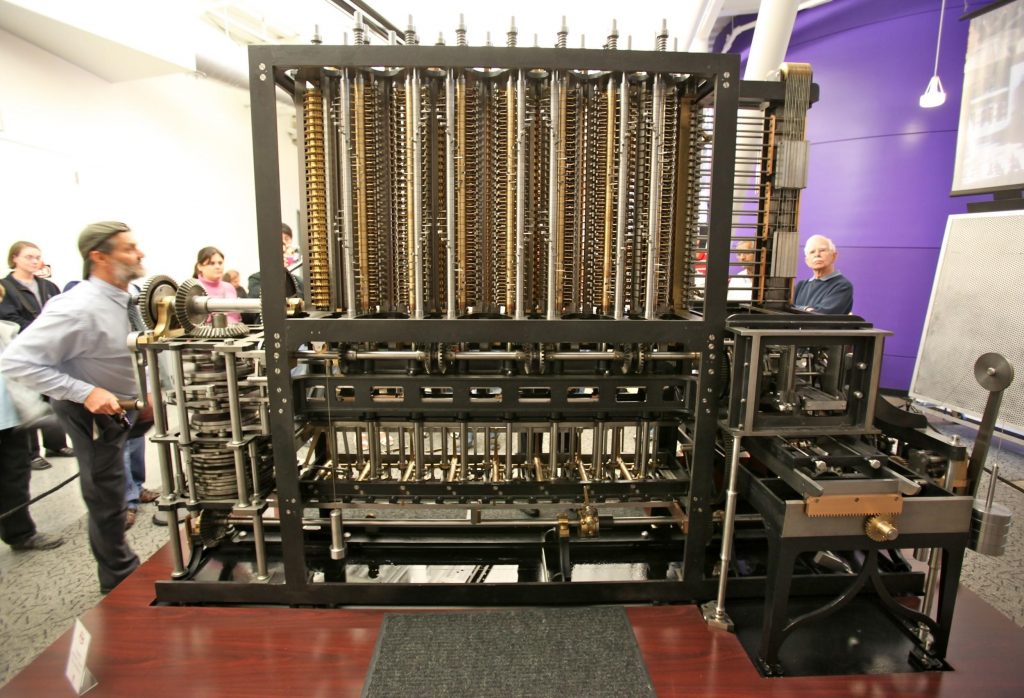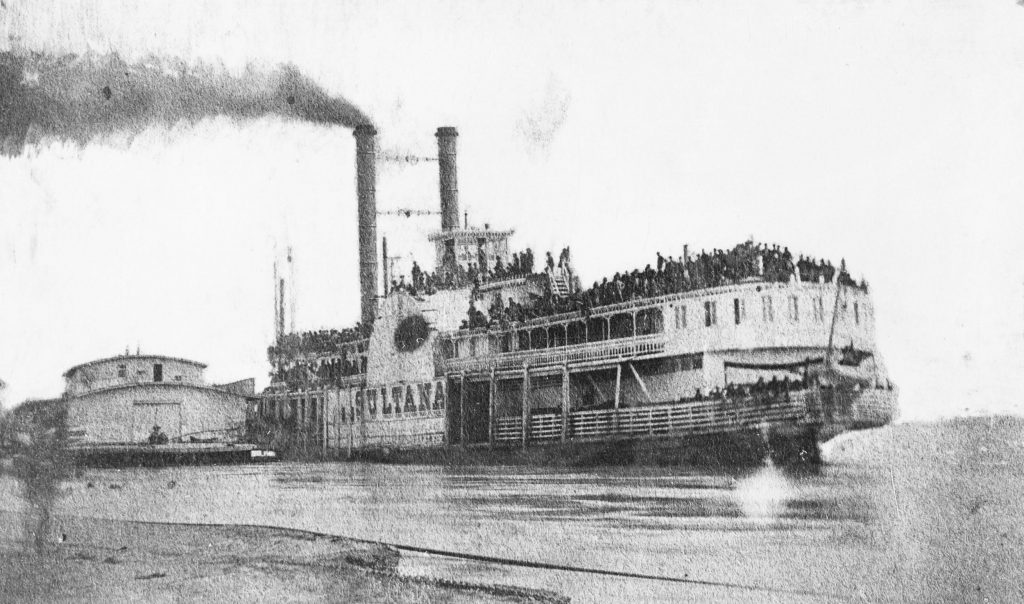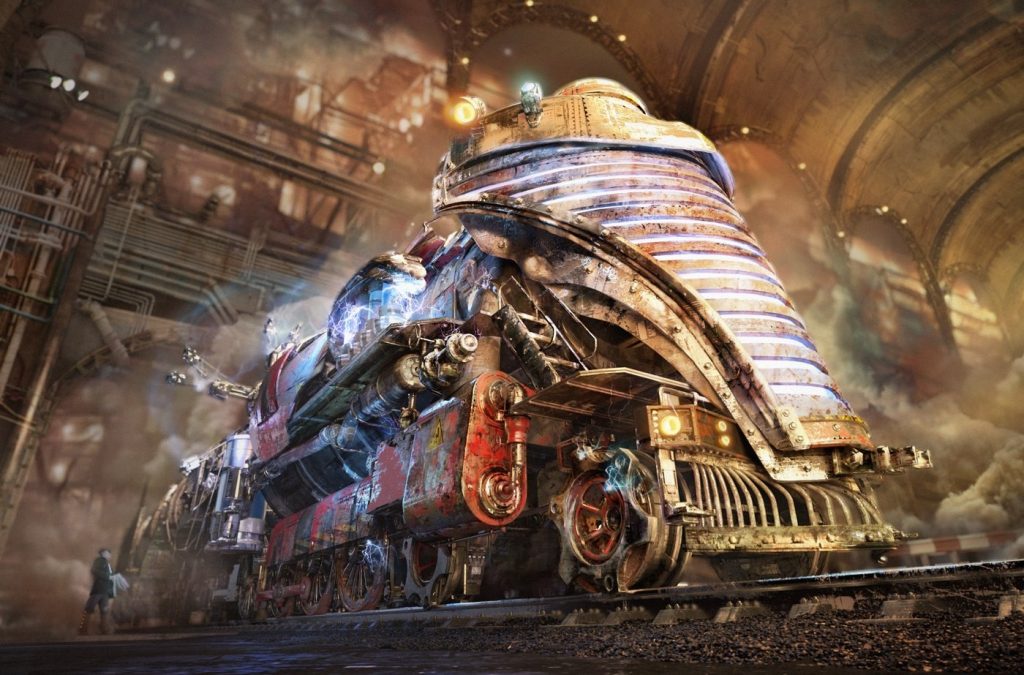InTrans / Nov 29, 2016
Steampunk transportation: Dystopian futures
Go! Magazine
 posted on November 29, 2016
posted on November 29, 2016
In our own timeline of history, steam power would prove to be obsolete when compared to modern technology, but what if steam power was all we had? This time we’re talking about how a Steampunk world could tie into the end of the world as we know it. What does a Steampunk dystopia look like? Is it possible?
Steampunk and Dystopian are two different subgenres of “speculative fiction,” but the two are certainly not mutually exclusive. In fact, a dystopian Steampunk future may be challenging to conceive, since dystopian and Steampunk storylines are quite different in nature.
Dystopian societies are far less than ideal because they suppose something in our modern world went really wrong. These stories describe “an imaginary society that is as dehumanizing and as unpleasant as possible.” Dystopian stories can include an evil government, technology-gone-wrong, etc.1
Steampunk, rather, reimagines the past, supposing the technology of “today” stemmed from steam power, specifically the 19th century Victorian era. In Steampunk, characters “revel in their world” while whimsically using their creative, abet dated, technology.
Fusing Steampunk and Dystopian together into one story may seem counterintuitive, but that doesn’t mean it hasn’t been done! Let’s take a look at a few examples.
The Difference Engine
Many say that William Gibson and Bruce Sterling’s novel, The Difference Engine (1990), helped to establish the “genre conventions” of Steampunk. The story, which starts in 1855, imagines that the Difference Engine—the first mechanical computer designed in the 1820s by Charles Babbage—became the cornerstone of technology in the Victorian era.
In our own history, the Difference Engine didn’t actually work; it’s another item on the list of steam-powered inventions that didn’t persevere in our own timeline of history. Sterling and Gibson’s The Difference Engine supposes that, rather, it does, and, as a result, Victorian England could have been “the Silicon Valley of the 19th century.”

The end of the novel is where the reader gets a glimpse of a Steampunk dystopia. In this alternate timeline, the present day world (which, at the time, was the 1990s) is depicted as a dystopian society. The Difference Engine is one of a few exceptions where Steampunk—which usually focuses on the past—incorporates a dystopian narrative.2
The Cogsmith’s Daughter
Kate M. Colby’s The Cogsmith’s Daughter is another exception to the trend.
But Colby’s story is a little different; it’s about a “traditional” Steampunk world that has morphed into a dystopian society. Although steam power had evolved to be the dominant power source, an apocalyptic flood changed the world as it was. Colby’s story takes place in a dystopian society established in the flood’s aftermath.
The Steampunk ancestors of the characters in the story built a steamship (which the author compares to the Titanic) to “carry them through the flood.” The water dries up eventually, and when it does, the characters are left in a desert wasteland that they call Desertera. Without access to water, the characters can’t power their steam technology and therefore the characters live in a Steampunk dystopia.

Colby’s 2015 novel incorporates “traditional Steampunk stylings” like cogs, mechanics, and Victorian era-style clothing. It also includes all the “trappings” of a dystopian society like an evil government, unethical religion, and social stratification. Colby calls her book a “genre mashup.” Actually, Steampunk itself is a bit of a “genre mashup.”3
Steampunk dystopia?
So, what do you think, should there be more dystopian Steampunk stories? And if so, what transportation would they use?

Could the characters in a dystopian society find a way to live on a steamboat forever if they had to? Or maybe a steam train? In a Steampunk dystopia, would air pirates reign over the smog-clouded skies?
In Victorian England, it’s said that their narratives of pirates are similar to our narratives of the Wild West; in both cases, novels were written as the time period unfolded and helped to shape the idea of what it meant to be a “pirate” or a “cowboy.” In our next article, we’ll look at one example from the “Wild West” vein of Steampunk.
Citations
- https://www.vocabulary.com/dictionary/dystopian
- http://leaguewriters.blogspot.com/2010/06/can-steampunk-be-dystopian.html
- https://scarboroughmysteries.com/2015/10/12/what-the-heck-is-steampunk-dystopian-anyway/
Related links
The Cogsmith’s Daughter: https://scarboroughmysteries.com/2015/10/12/what-the-heck-is-steampunk-dystopian-anyway/
(Video) Model of the Difference Engine: https://www.youtube.com/watch?v=qhDMi-eLizQ
Blog: http://leaguewriters.blogspot.com/2010/06/can-steampunk-be-dystopian.html
By Hannah Postlethwait, Go! Staff Writer